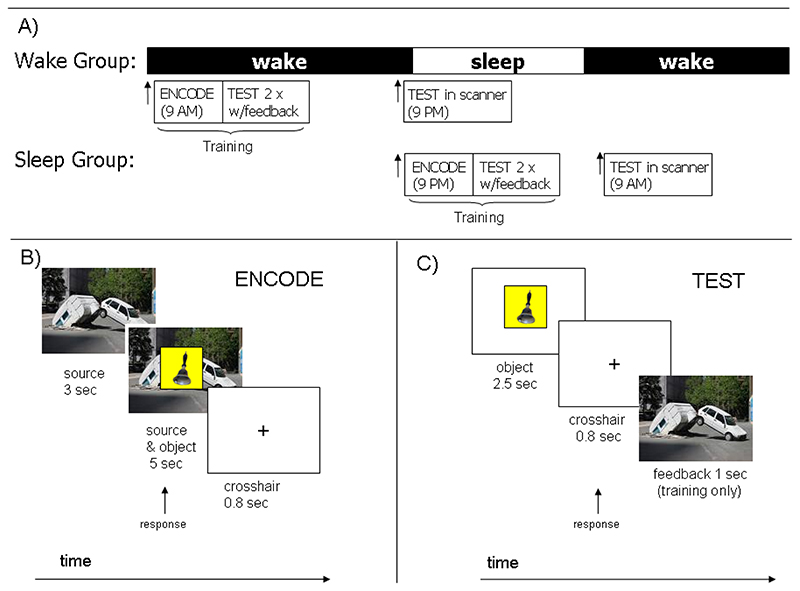Figure 1. Experimental paradigm and source memory task.
A) Participants were divided into a Wake group (11 participants) who trained in the morning, and a Sleep group (11 participants) who trained in the evening. Each group was tested in the scanner 12 +-1 hours after encoding. The Sleep group therefore consolidated across a night of sleep, while the Wake group consolidated across a day of wakefulness. B) The source memory task (Smith et al., 2006): during Encoding participants viewed a source picture for three seconds before a foreground object was superimposed on it for a further five seconds. Participants formed an association between source and object, then responded with a button press. At Test (C) neutral objects were shown for 2.5 seconds, followed by a crosshair for 0.8 seconds. Testing was divided into two tasks: EMOTION and PEOPLE. In EMOTION, there were 3 possible responses: old originally paired with a negative source, old originally paired with a neutral source, and old but I can’t remember the source. In PEOPLE the response options were equivalent but participants indicated whether the source image contained people or not rather than whether it was negative or neutral. Training included two tests with feedback in which the source image was displayed after the subject had responded. Delayed testing (after the retention period) was carried out in the MRI scanner and did not include feedback. In Delayed testing, learned objects were intermixed with novel unlearned objects, and participants had an additional response option ‘new’ in both tasks.

